Spirit of India
- 180 Seiten
- 7 Lesestunden
A compilation of questions and answers on building a progressive India.
Dieser angesehene indische Wissenschaftler, Ingenieur und Professor ist bekannt für seine bahnbrechende Arbeit im Bereich der Luft- und Raumfahrt. Er spielte eine entscheidende Rolle bei der Entwicklung der indischen ballistischen Raketen und Raumfahrttechnologie, was ihm den Beinamen 'Raketenmann Indiens' einbrachte. Er war auch als Pädagoge am Indian Institute of Space Science and Technology und als 11. Präsident Indiens tätig, wo er weithin als 'Präsident des Volkes' bekannt wurde.

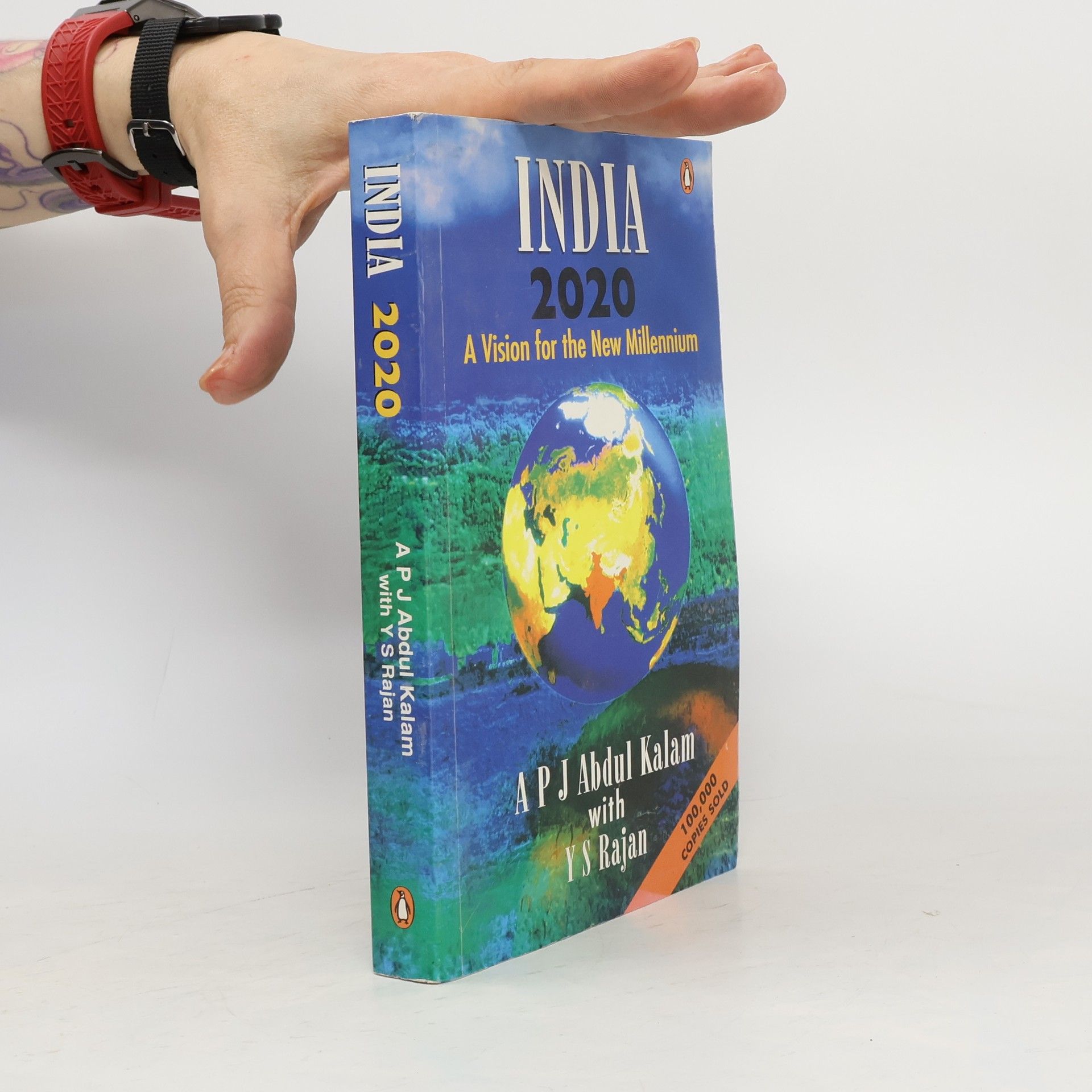
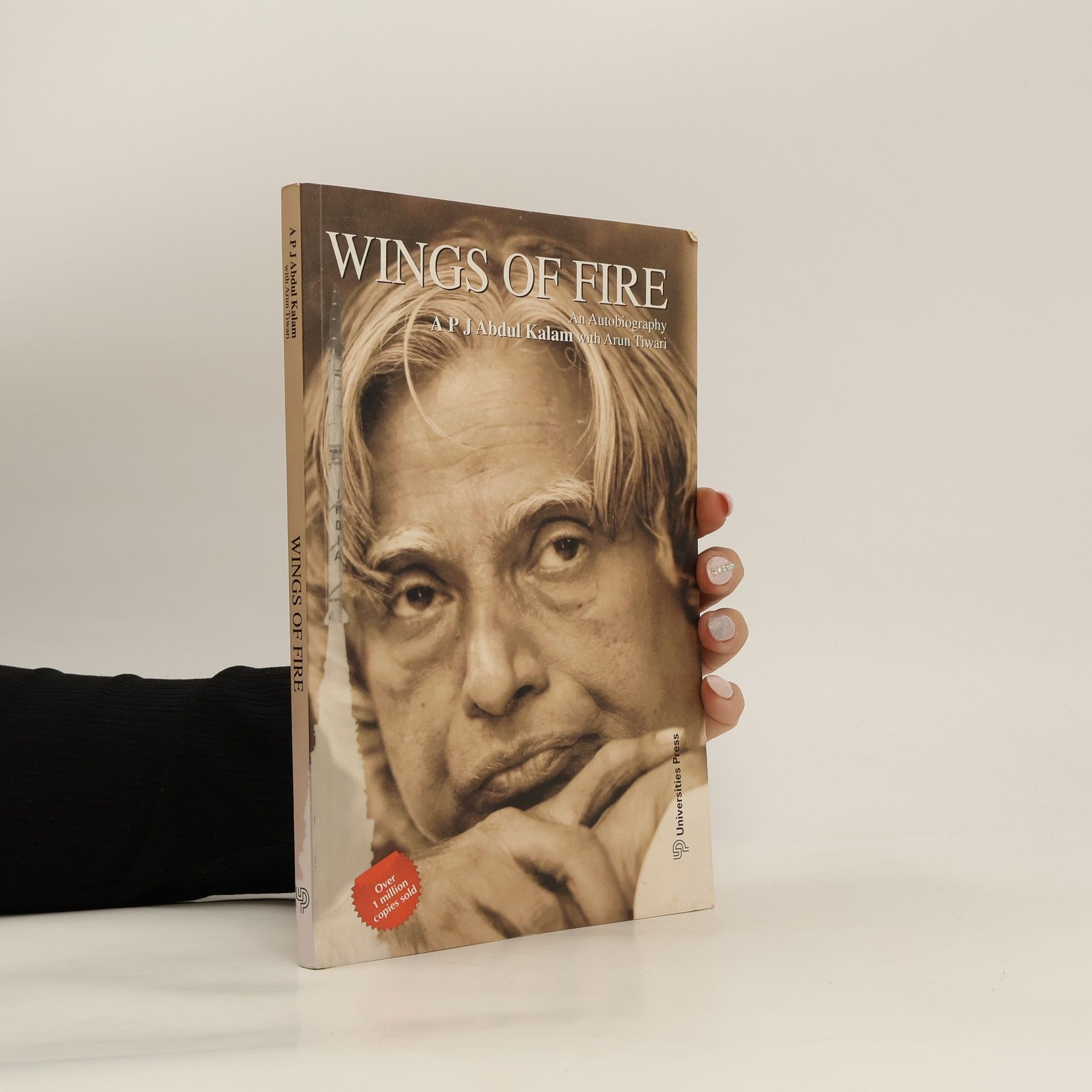
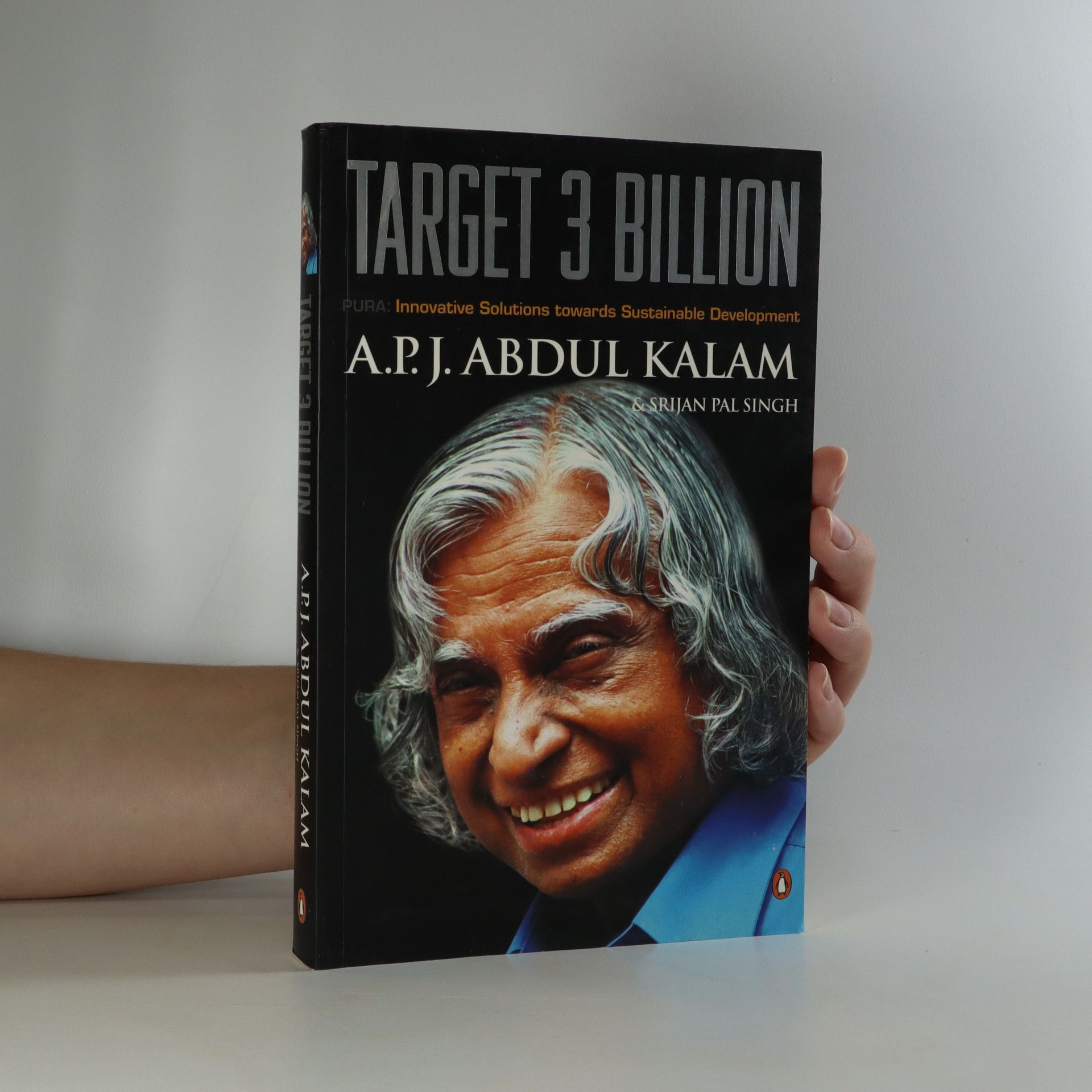
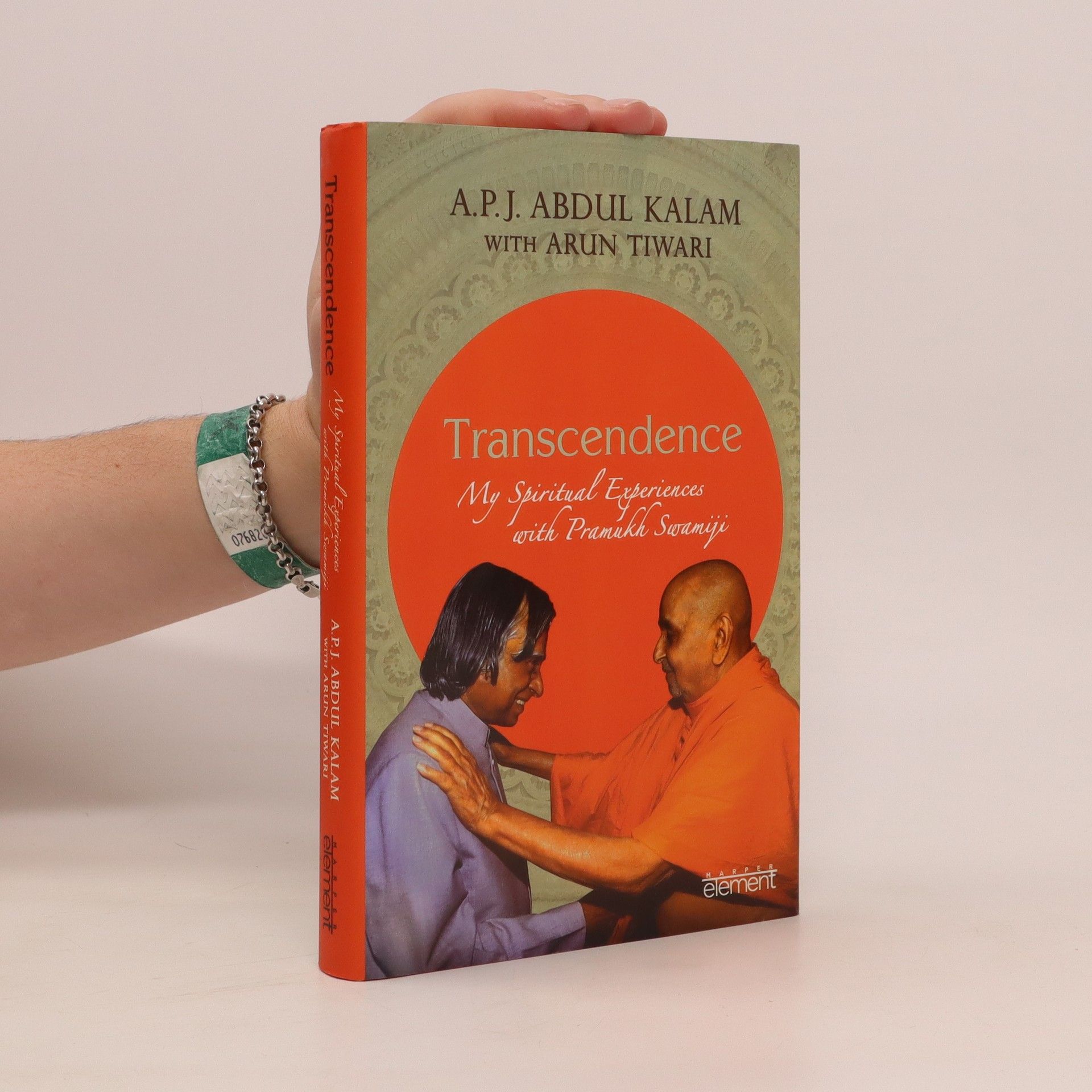
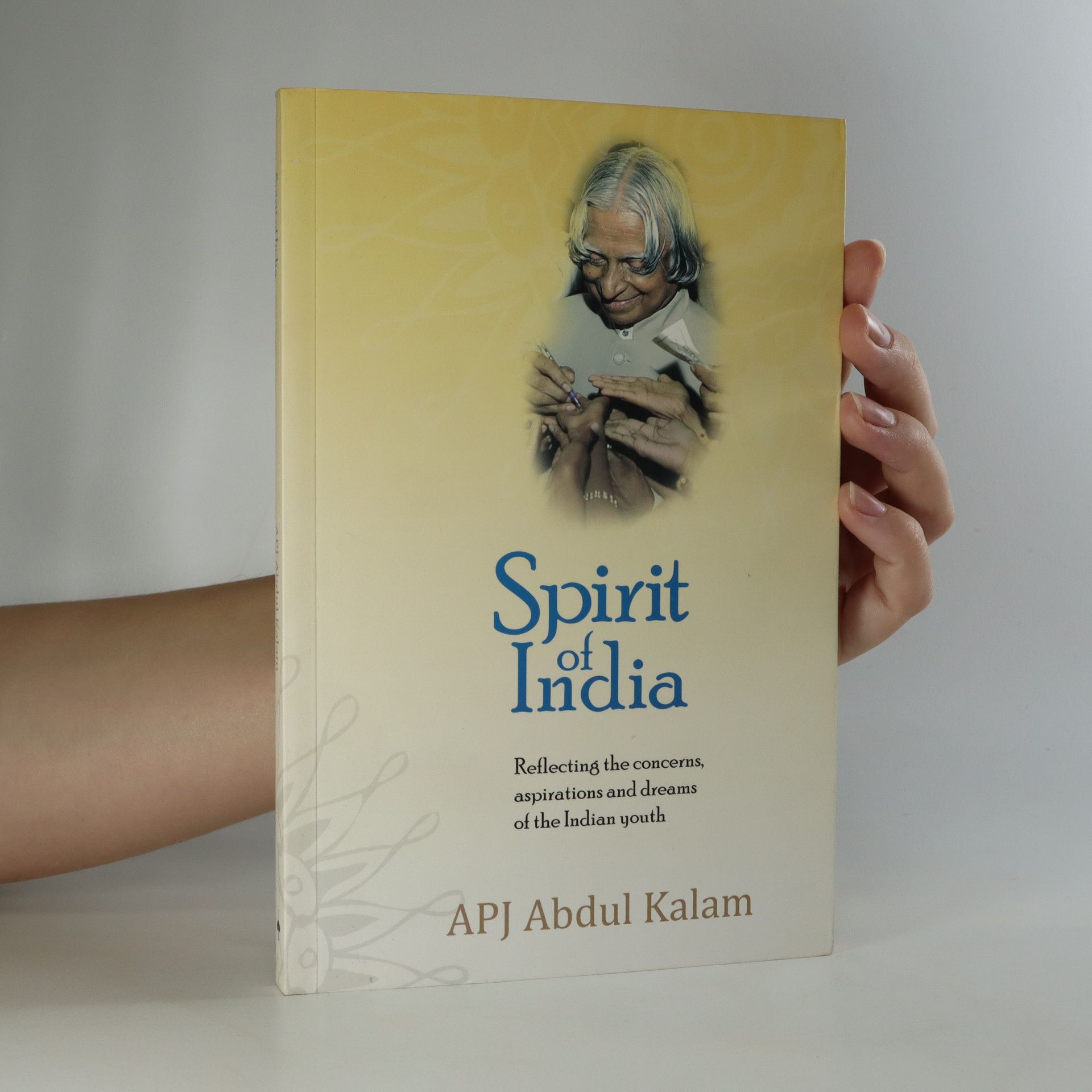
A compilation of questions and answers on building a progressive India.
Pramukh Swamiji Maharaj, one of the most inspiring spiritual figures of modern times and the fifth spiritual successor of Bhagwan Swaminarayan, is the inheritor of a legacy of Gunatit gurus hearkening to the early nineteenth century. Pramukh Swamiji became a friend of the eleventh president of India, Dr A.P.J. Abdul Kalam. Together they created an unparalleled spirituality-science fellowship.In Transcendence, Dr Kalam and Arun Tiwari map a journey of self-realization reflected in the eyes of Pramukh Swamiji, painting a delightful fusion of spirituality, science and leadership.His candid vignettes from life on the centre stage of Indian technology and societal missions,Indian politics and world affairs are interwoven with revelations of a profound connection with Swamiji.Through the life of Pramukh Swamiji and the history of the Swaminarayan mission, Dr Kalam traces the great rise of the Indian diaspora across the world. Drawing from the lives of great scientists and creative leaders, Transcendence captures the spiritual essence of all religions and is as much a fountain of inspiration and a treasury of wisdom as it is a tribute to the multi-faith Indian society.
With 750 million people living in villages, India has the largest rural population in the world. Based on his Indian experience, Dr Kalam recommends a sustainable and inclusive development system called PURA—Providing Urban Amenities in Rural Areas—to uplift the rural masses not by subsidies but through entrepreneurship with community participation. To make his case, Dr Kalam cites the examples of individuals and institutions, in India and from across the world, who, with an entrepreneurial spirit and a burning desire to make a difference, have successfully generated and tapped into the potential of the rural masses. Fabio Luiz de Oliveira Rosa changed the face of the rural district of Palmares, Brazil, by acquiring for the farmers access to electricity and water, which effect combined with better agricultural methods led to an increase in prosperity and stemmed the migration to the cities The 123-strong Magar clan owned Magarpatta, a 430-acre plot on the outskirts of Pune, Maharashtra. In the 1990s, they organized and set up the Magarpatta city which is now home to over 35,000 residents and a working population of 65,000, and boasts of an IT park.
Avul Pakir Jainulabdeen Abdul Kalam, The Son Of A Little-Educated Boat-Owner In Rameswaram, Tamil Nadu, Had An Unparalled Career As A Defence Scientist, Culminating In The Highest Civilian Award Of India, The Bharat Ratna. As Chief Of The Country`S Defence Research And Development Programme, Kalam Demonstrated The Great Potential For Dynamism And Innovation That Existed In Seemingly Moribund Research Establishments. This Is The Story Of Kalam`S Rise From Obscurity And His Personal And Professional Struggles, As Well As The Story Of Agni, Prithvi, Akash, Trishul And Nag--Missiles That Have Become Household Names In India And That Have Raised The Nation To The Level Of A Missile Power Of International Reckoning.
In India 2010: A vision for the New Millennium, Dr A.P.J. Abdul Kalam, our most distinguished scientist, and close associate Y.S. Rajan examine India's strengths - and weaknesses - to offer a vision of how India can be among the world's first five economic powers in the year 2020.
The biography details the life of Avul Pakir Jainulabdeen Abdul Kalam, an influential Indian scientist and politician known for his pivotal role in advancing India's missile and nuclear capabilities. It chronicles his journey from his humble beginnings in Rameswaram to becoming the President of India from 2002 to 2007. The narrative highlights his contributions to science and technology, as well as his enduring legacy as a leader and visionary in India's defense sector.